39 total fat on nutrition labels
Carbohydrates: How carbs fit into a healthy diet - Mayo Clinic Mar 22, 2022 · Consider the low-fat versions to help limit calories and saturated fat. And watch out for dairy products that have added sugar. Eat more beans, peas and lentils. Beans, peas and lentils are among the most versatile and nutritious foods. They are typically low in fat and high in folate, potassium, iron and magnesium. And they have useful fats ... PDF Nutrition Facts Label: Total Fat Nutrition Facts Label: Total Fat Serving Size 1 package (272g)Total Fat Servings Per Container 1 Amount Per Serving Calories 300 Calories from Fat 45 % Daily Value* Total Fat 5g 8% Saturated Fat 1.5g 8% Trans Fat 0g Cholesterol 30mg 10% Sodium 430mg 18% Total Carbohydrate 55g 18% Dietary Fiber 6g 24% Sugars 23g
The New Nutrition Facts Label Examples of Different Label Formats 5% Added Sugars declaration All labels enclosed by ½ point box rule within 3 point of text measure 5 † 1 Vertical Display with Micronutrients Listed Side-by-Side†
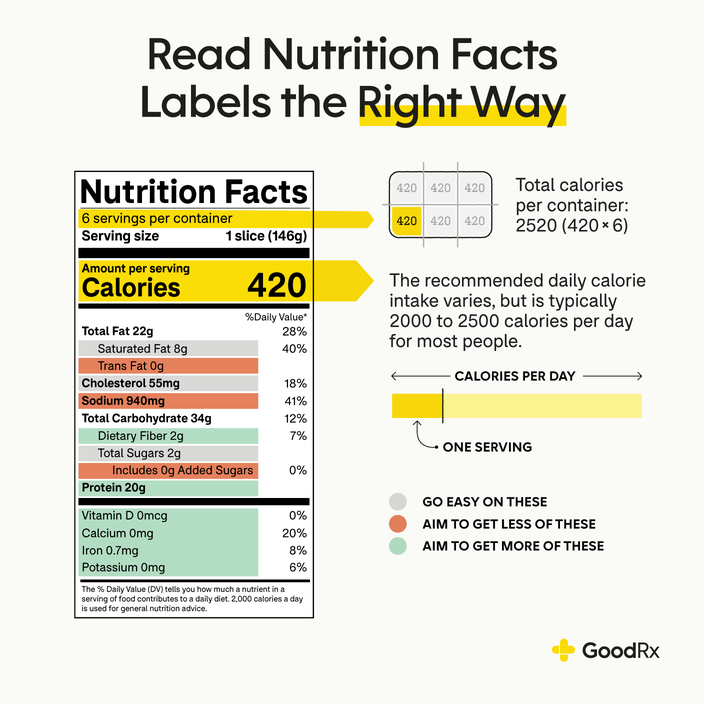
Total fat on nutrition labels
Food labels - NHS Nutrition labels are often displayed as a panel or grid on the back or side of packaging. This type of label includes information on energy (kJ/kcal), fat, saturates (saturated fat), carbohydrate, sugars, protein and salt. It may also provide additional information on certain nutrients, such as fibre. How to Understand and Use the Nutrition Facts Label | FDA Nutrients to get less of: Saturated Fat, Sodium, and Added Sugars. Saturated fat, sodium, and added sugars are nutrients listed on the label that may be associated with adverse health effects - and... Looking at labels - British Nutrition Foundation What are nutrition and health claims? Nutrition claims: these relate to what a product does or doesn’t contain, or contains in a higher or lower amount. For example: ‘Sugar free’ (must contain less than 0.5g sugars per 100g) ‘Low fat’ (must contain less than 3g fat per 100g) ‘High in fibre’ (must contain at least 6g fibre per 100g)
Total fat on nutrition labels. FDA Rounding Rules for Your Food Label - LabelCalc Calories from Fat, Total Fat, Saturated Fat, and Trans Fat. If your value for total fat is: Less than 0.5 grams, round down to 0 (i.e. 0.48 becomes 0). ... The stress of creating a Nutrition Label for each food product can be daunting for both large corporations and small at-home businesses. How to Find the Percentage of Total Fat by Gram Weight on a Food Label ... Take a look at the nutrition facts label. It'll tell you how many grams of fat are present in one serving, and will usually break that amount down into separate quantities for saturated fats,... Stop Worrying About Total Fat - Tufts Health & Nutrition Letter Two of the nations leading nutrition experts have some advice for the federal government: Stop worrying about total fat. Nutrition research has shown that the emphasis on restricting total fat intake is outdated, yet these limits affect everything from Nutrition Facts labels to school lunches to supermarket products. In recent opinion pieces in JAMA and the New York Times, Dariush Mozaffarian ... Nutrition Label Glossary: Definitions of Nutrition Fact Terms - WebMD This number on a food label indicates how much fat is in a single serving of a food. Limit total fat to less than 25% to 35% percent of the calories you consume each day. All fats have 9 calories ...
Nutrition Labels 101: What's Required? What's Optional? The FDA recommends using the AOAC Official Method of Analysis 996.06 to determine the total fat per serving. 4 If the total fat is less than 0.5 grams per serving, it can be expressed as zero on the nutrition label, but it still must be listed. 4. Saturated Fat "Saturated" fat is the sum of all fatty acids containing no double bonds. How to Use the Nutrition Facts Label — Diet Doctor 3. Calculate net carbs per serving. Third, check the grams of dietary fiber per serving (circled in green, above). Subtract the fiber (green) from the total carbohydrates (blue) to get the net carbs. This chocolate has 9 grams of net carbs per serving (14g carbs - 5g fiber = 9g net carbs). Understanding Food Nutrition Labels | American Heart Association When the Nutrition Facts label says a food contains "0 g" of trans fat, but includes "partially hydrogenated oil" in the ingredient list, it means the food contains some trans fat, but less than 0.5 grams per serving. So, if you eat more than one serving, you could end up eating too much trans fat. Daily Value on the New Nutrition and Supplement Facts Labels For example, the DV for total fat has been updated from 65g to 78g. That means that a packaged food with 36g of total fat in one serving (previously 55% DV) now has 46% DV. See below for a...
The Big Reveal: What's Behind Nutrition Labels? Nearly all of the foods we eat have a nutrition label that presents the essential values that foods contain. The label starts with a serving size and the number of calories per serving, followed by a list of key nutrients, including total fat, carbohydrates, and proteins. Other values may be included, such as the calories from fat, saturated ... Nutrition Labelling - CFS Nutrition label must include the information on energy and seven nutrients specified for labelling (1+7), namely, protein, carbohydrates, total fat, saturated fatty acids, trans fatty acids, sodium and sugars. Furthermore, the nutrition label must list the amounts of any claimed nutrients. In case where there is a nutrition claim in relation to ... What to Look For on Nutrition Labels - dummies Remember, the Percentage Daily Value numbers on Nutrition Facts labels are based on 65 grams of fat a day (30 percent of total calories) and calculated on a 2,000-calorie-per-day diet. Trans fatty acid is the newest item to be added to the Nutrition Fact label. Like saturated fat, trans fat is a type of fat. Food Labels | CDC - Centers for Disease Control and Prevention All the numbers on this label are for a 2/3-cup serving. This package has 8 servings. If you eat the whole thing, you are eating 8 times the amount of calories, carbs, fat, etc., shown on the label. Total Carbohydrate shows you types of carbs in the food, including sugar and fiber. Choose foods with more fiber, vitamins, and minerals.
Nutrition facts label - Wikipedia For example, if a product contains 0.45 g of trans fat per serving, and the package contains 18 servings, the label would show 0 g of trans fat, even though the product actually contains a total of 8.1 g of trans fat. In addition to the nutrition label, products may display certain nutrition information or health claims on packaging.
Healthy diet - World Health Organization Apr 29, 2020 · Reducing the amount of total fat intake to less than 30% of total energy intake helps to prevent unhealthy weight gain in the adult population (1, 2, 3). Also, the risk of developing NCDs is lowered by: reducing saturated fats to less than 10% of total energy intake; reducing trans-fats to less than 1% of total energy intake; and
Fats | Nutrition.gov Read about saturated fat - what it is, where it is found, and how you can use the Nutrition Facts Label for reducing saturated fat in your diet. The Skinny on Fat HHS, National Institutes of Health Fat is an essential nutrient for our bodies. It provides energy. It helps our guts absorb certain vitamins from foods.
Changes to the Nutrition Facts Label | FDA - U.S. Food and ... Mar 07, 2022 · While continuing to require “Total Fat,” “Saturated Fat,” and “Trans Fat” on the label, “Calories from Fat” was removed because research shows the type of fat is more important ...
Do Saturated Fats & Unsaturated Fats Equal Total Fats on Nutrition Labels? So, if a serving of your favorite cookies has 0.49g of transfat, saturated fat or unsaturated fat - just 0.01g away from the 0.5g threshold - the manufacturer can label it as containing 0g of that...
How to Read Nutrition Facts Labels the Right Way - GoodRx Nutrition Facts labels are required to list the total fat, saturated fat, and trans fats on packaged food products. It's important to choose foods with the right kinds of fats. Here are the differences between the fats you'll see on the label. Bad fats Saturated and trans fats are the less healthy types of fats.
How to Read Nutrition Labels: Fat Content, Carbs & What To Look For Total Fat Nutrition labels are required to include total fat, saturated fat, and trans fat. The total amount of fat in the diet is a percentage of your calorie needs. The recommendation for the typical American diet is around 30%. For someone taking in 2,000 calories, this would mean around 70 grams of total fat per day.
Understanding Food Labels | The Nutrition Source | Harvard T ... All FOP labels in the U.S. are voluntary, which allows food manufacturers to highlight or hide the nutrition information they choose to help promote or preserve sales. If warning labels became mandatory, as public health advocates propose, the pressure on manufacturers would increase to change certain products to improve their nutritional quality.
Food Labels: Fat & Cholesterol | Home & Garden Information Center total fat—20 to 35% of calories, depending on age and gender (65 grams for the 2,000-calorie intake level used in the Daily Value)* saturated fat—less than 10% of calories** trans fat— keep as low as possible cholesterol—there is no longer a specific recommended limit for dietary cholesterol, but should be consumed as little as possible
Interpreting Total Fat and Types of Fat on Food Labels - Nina Cherie ... Now, at the end of the day, since all high-fat foods tend to drive up calorie counts, it's typically recommended that you limit your intake of total fat to 25-35% of your daily calories. Of this amount, saturated fats and trans fats should comprise less than 7-10% and no more than 1%, respectively.
Fat - Wikipedia The most common type of fat, in human diet and most living beings, is a triglyceride, an ester of the triple alcohol glycerol H(–CHOH–) 3 H and three fatty acids. The molecule of a triglyceride can be described as resulting from a condensation reaction (specifically, esterification) between each of glycerol's –OH groups and the HO– part of the carboxyl group HO(O=)C− of each fatty ...
Understanding Nutrition Labels and Information - Teladoc Health, Inc. On the nutrition facts label, total fat includes the amount of saturated and trans fat listed. Total fat also will be represented in calories listed as "calories from fat". Try to choose items that do not have more than 30 percent of their calories from fat, which can be calculated by dividing "calories from fat" by "calories." In ...
The Basics of the Nutrition Facts Label - Academy of Nutrition and ... Low is 5% or less. Aim low in saturated fat, trans fat, cholesterol and sodium. High is 20% or more. Aim high in vitamins, minerals and dietary fiber. Low calorie: 40 calories or less per serving. Low cholesterol: 20 milligrams or less and 2 grams or less of saturated fat per serving. Reduced: At least 25% less of the specified nutrient or ...
What Are the Fats Not Listed on Nutrition Labels? - SFGATE The nutrition facts label highlights the fats that you should limit in your daily diet. It lists the amount of total fat you'll get in one serving of that product, followed by the amount of...
What Does That Nutrition Label Mean? : ObesityHelp The total calories in one serving of the food are 280. This food is within the fat limit. Protein. In the middle of the label, you will find protein. Approximately 1 ounce of protein is equal to 7 grams of protein. It is important to get 60-80 grams of protein in your daily diet. The food item in this nutrition label would not be a good source ...
Fat Content on Food Labels - Reading Between the Lines When it comes to listing fat on food labels, manufacturers are required to only list total fat and saturated fat. Some also voluntarily list monounsaturated and polyunsaturated fat, but it's unlikely you'll see trans fat listed."
Learn How the Nutrition Facts Label Can Help You Improve Your Health Nutrients Required on Label Vitamin D and potassium values are required. Calcium and iron will continue to be required. Vitamins A and C will no longer be required but can be included on a voluntary basis. Slight Decrease in Sodium Allowance The daily limit for sodium decreased slightly from 2,400 mg per day to 2,300 mg per day.
FDA (US) Nutrition Label Rounding Rules - ReciPal That's why you [hopefully!] won't see labels showing 122 Calories or 2.5% Daily Value of Fat. With so many different nutrients and numbers on a nutrition label, rounding makes it easier for consumers to digest the information on your packaging.
Looking at labels - British Nutrition Foundation What are nutrition and health claims? Nutrition claims: these relate to what a product does or doesn’t contain, or contains in a higher or lower amount. For example: ‘Sugar free’ (must contain less than 0.5g sugars per 100g) ‘Low fat’ (must contain less than 3g fat per 100g) ‘High in fibre’ (must contain at least 6g fibre per 100g)
How to Understand and Use the Nutrition Facts Label | FDA Nutrients to get less of: Saturated Fat, Sodium, and Added Sugars. Saturated fat, sodium, and added sugars are nutrients listed on the label that may be associated with adverse health effects - and...
Food labels - NHS Nutrition labels are often displayed as a panel or grid on the back or side of packaging. This type of label includes information on energy (kJ/kcal), fat, saturates (saturated fat), carbohydrate, sugars, protein and salt. It may also provide additional information on certain nutrients, such as fibre.







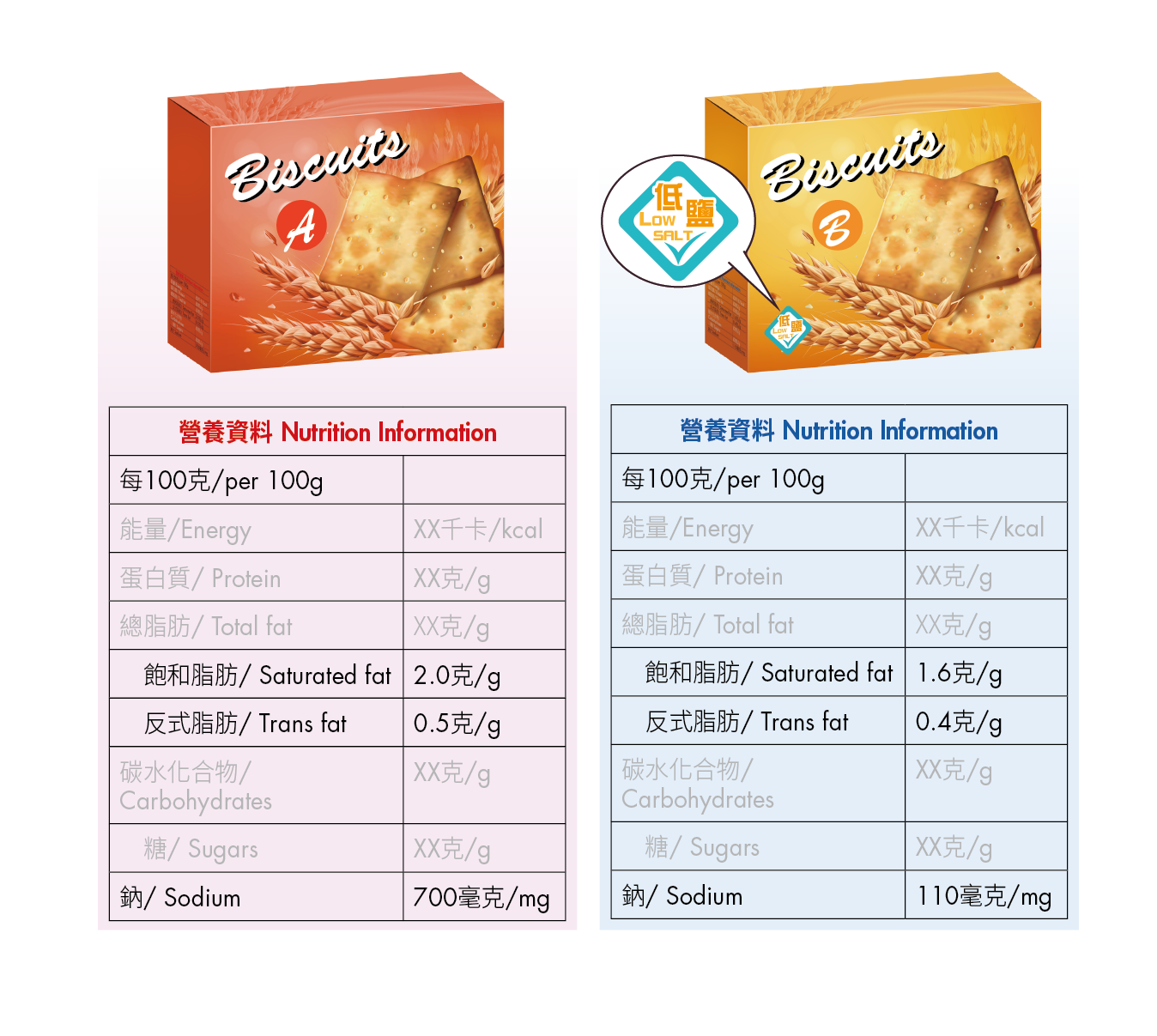



/Untitled-design-1--5755c3703df78c9b46903dab.jpg)


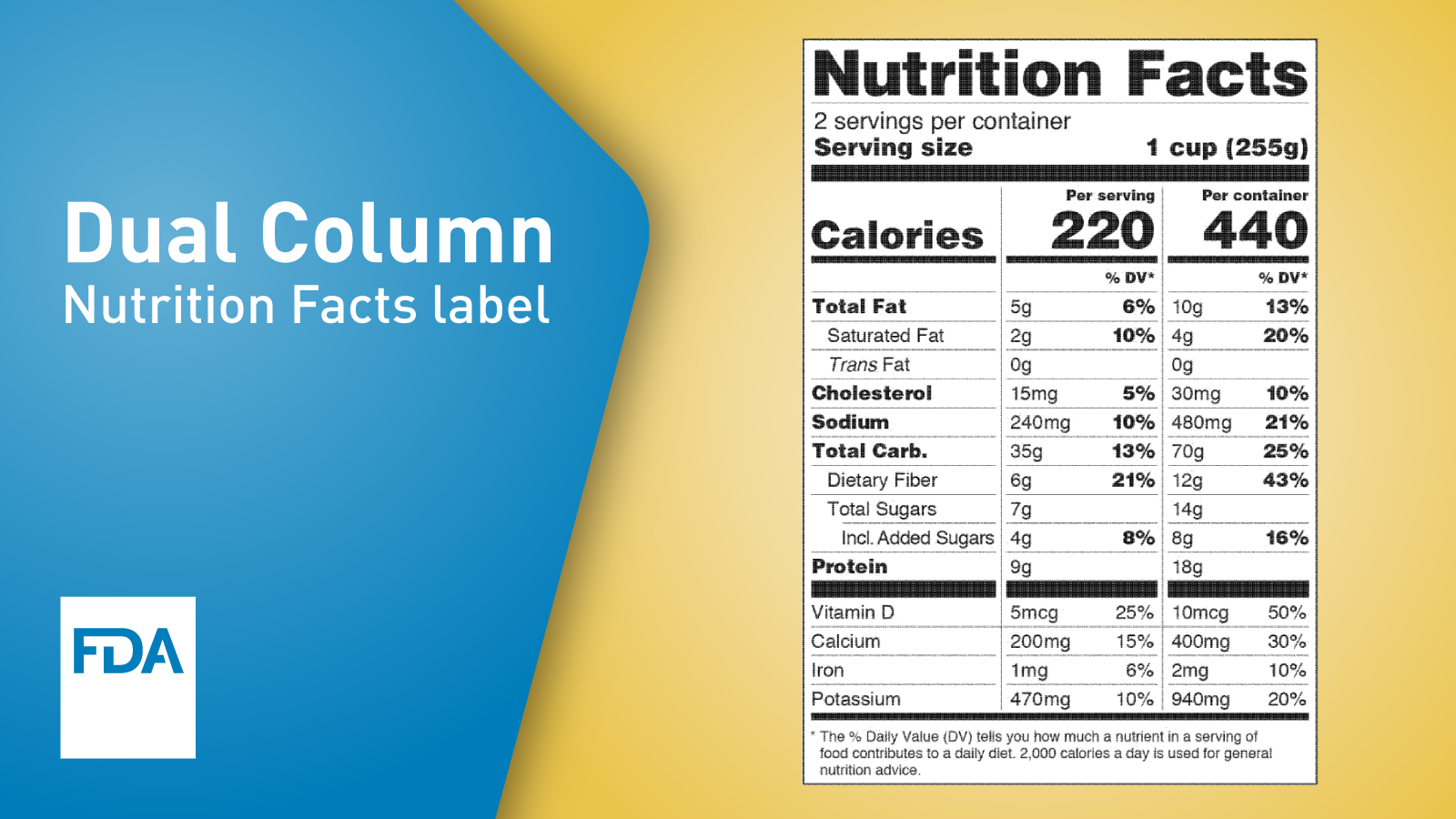



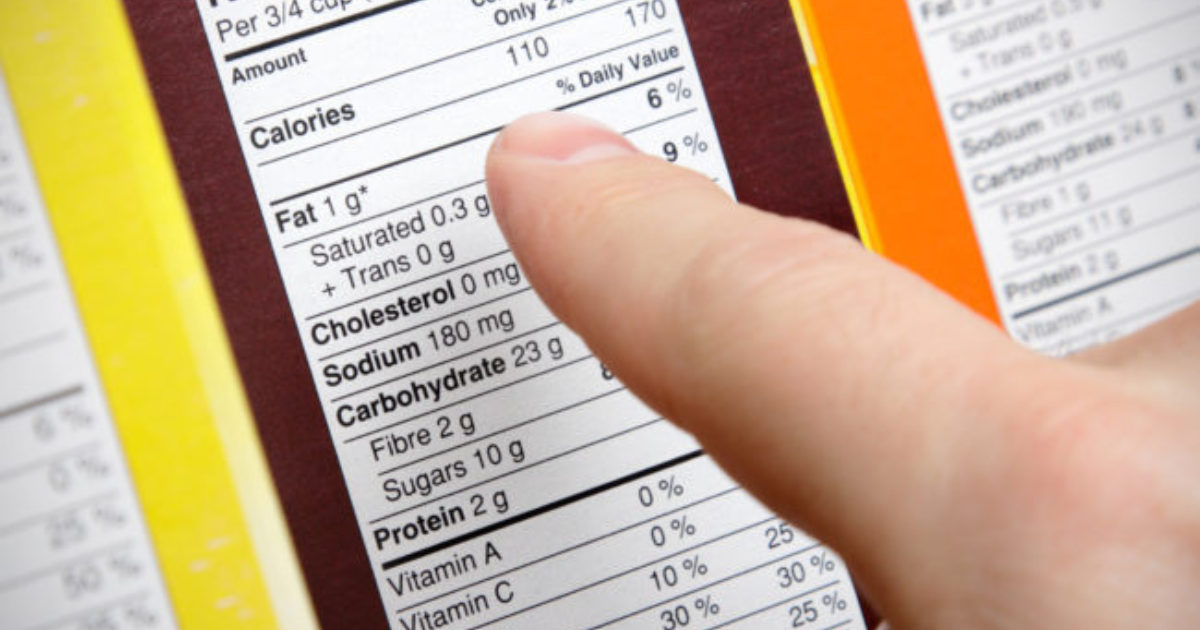



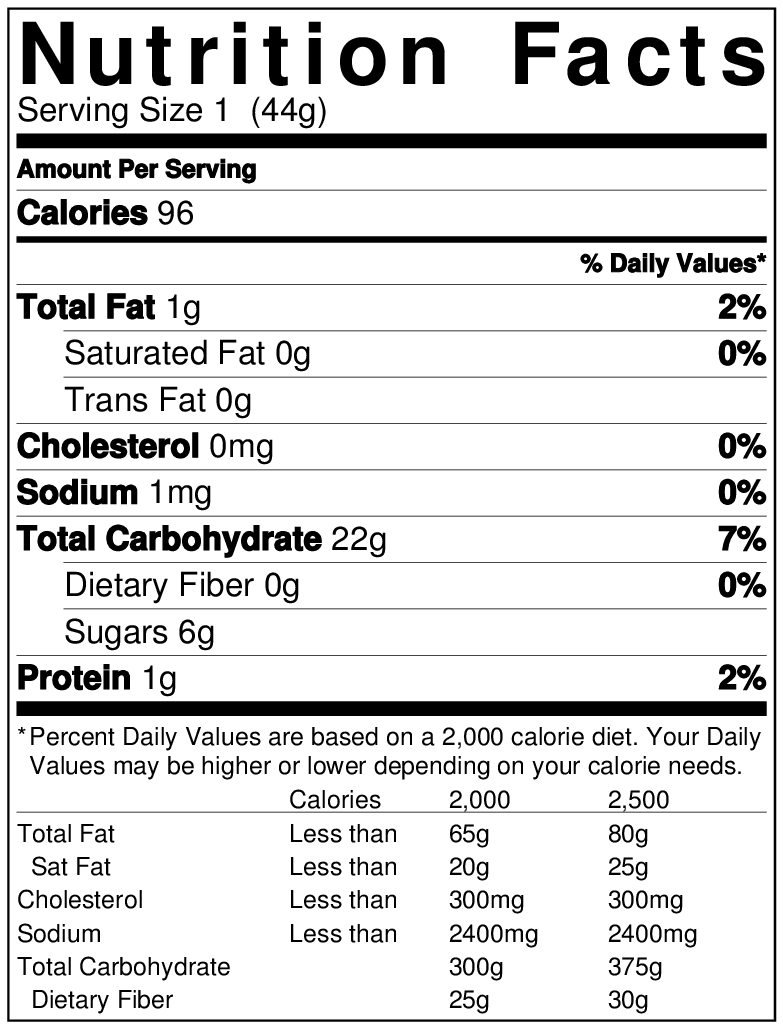
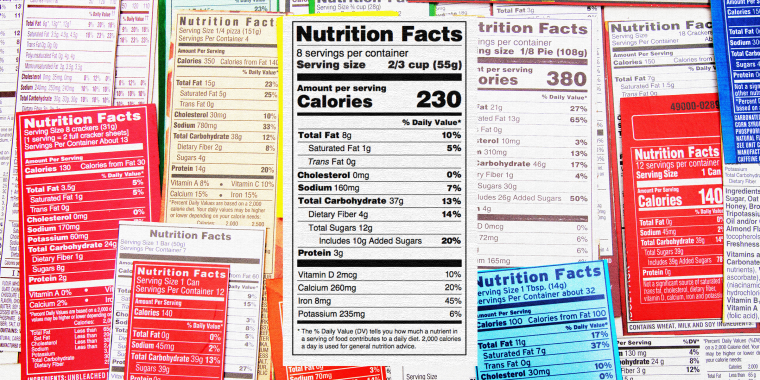


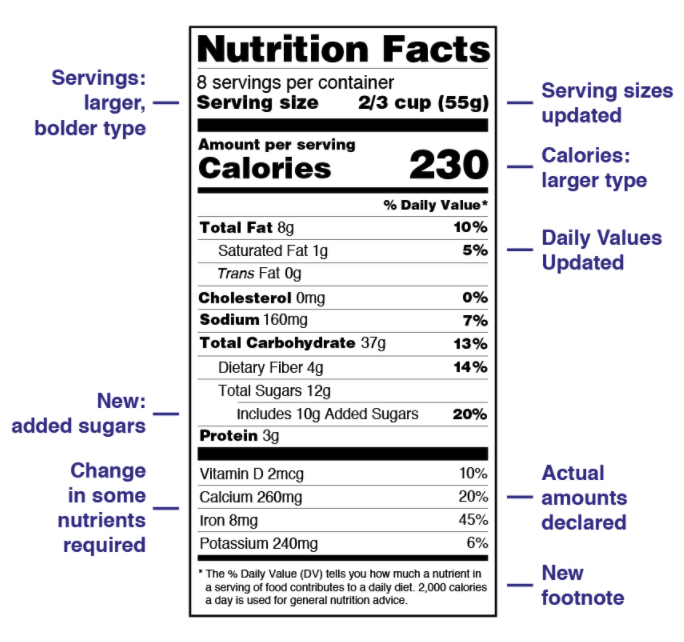

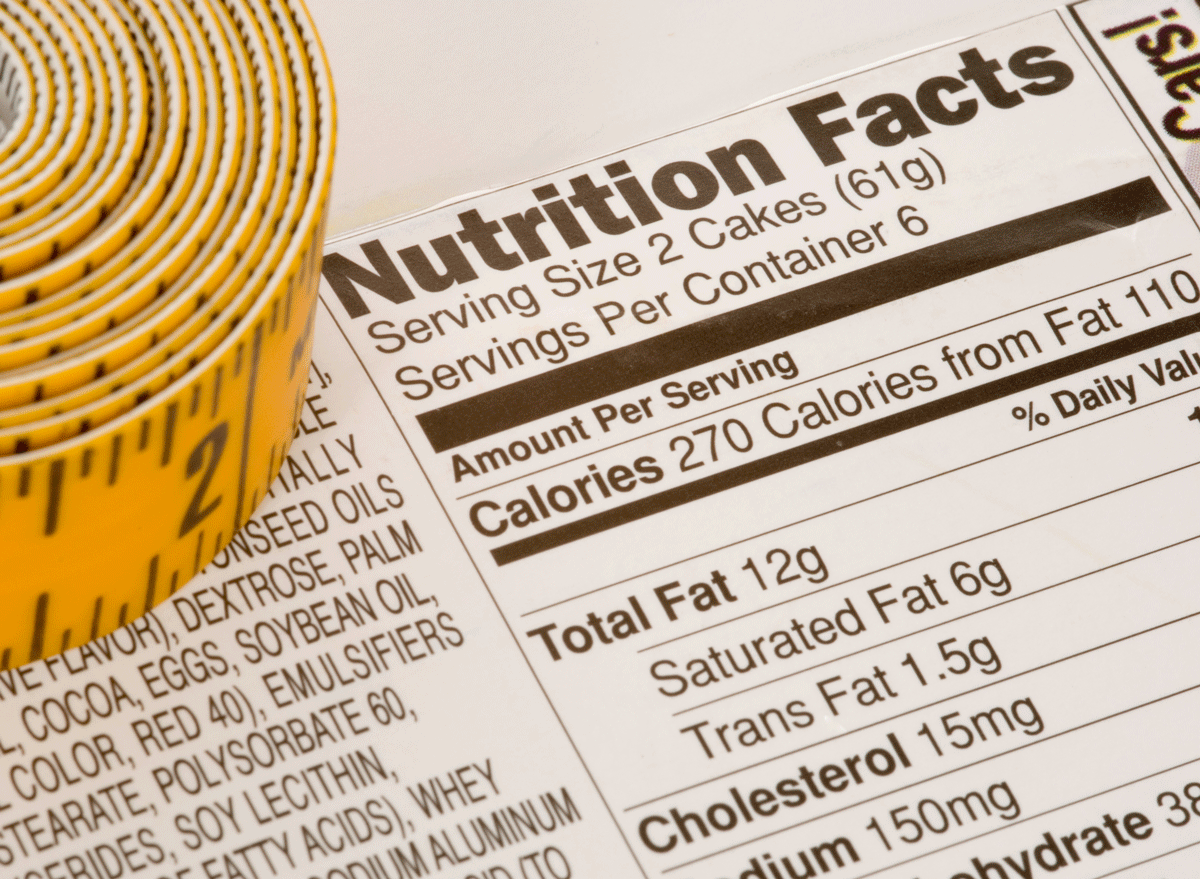
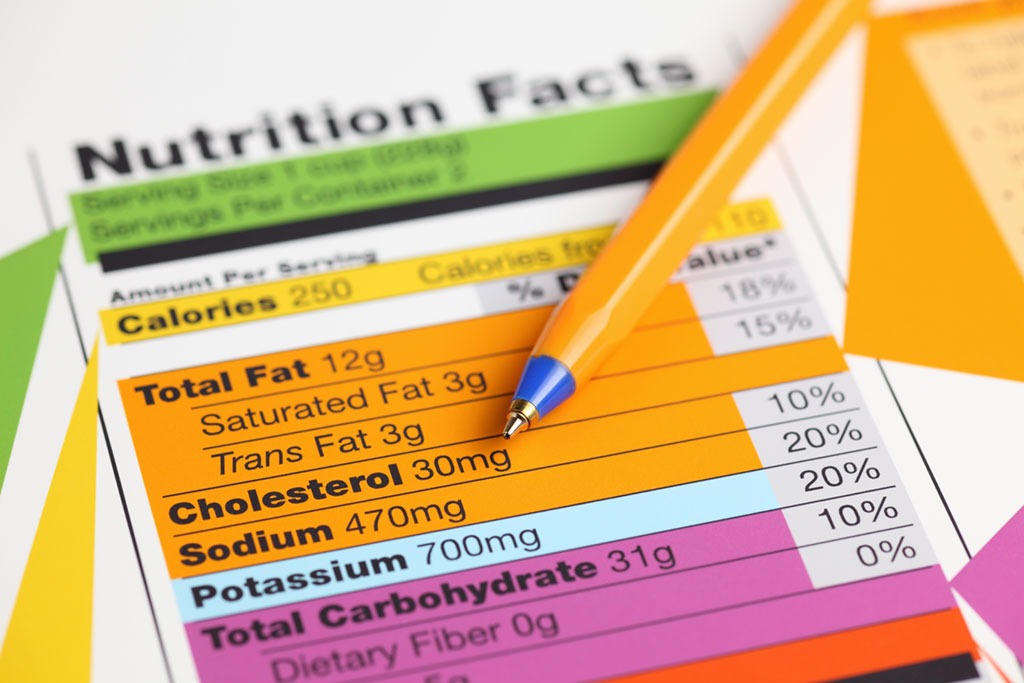
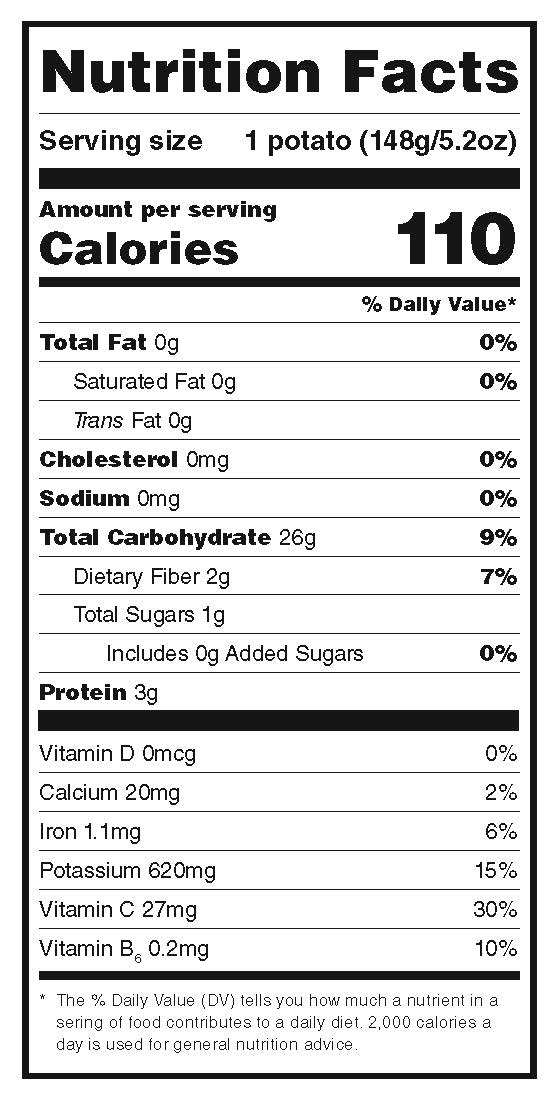
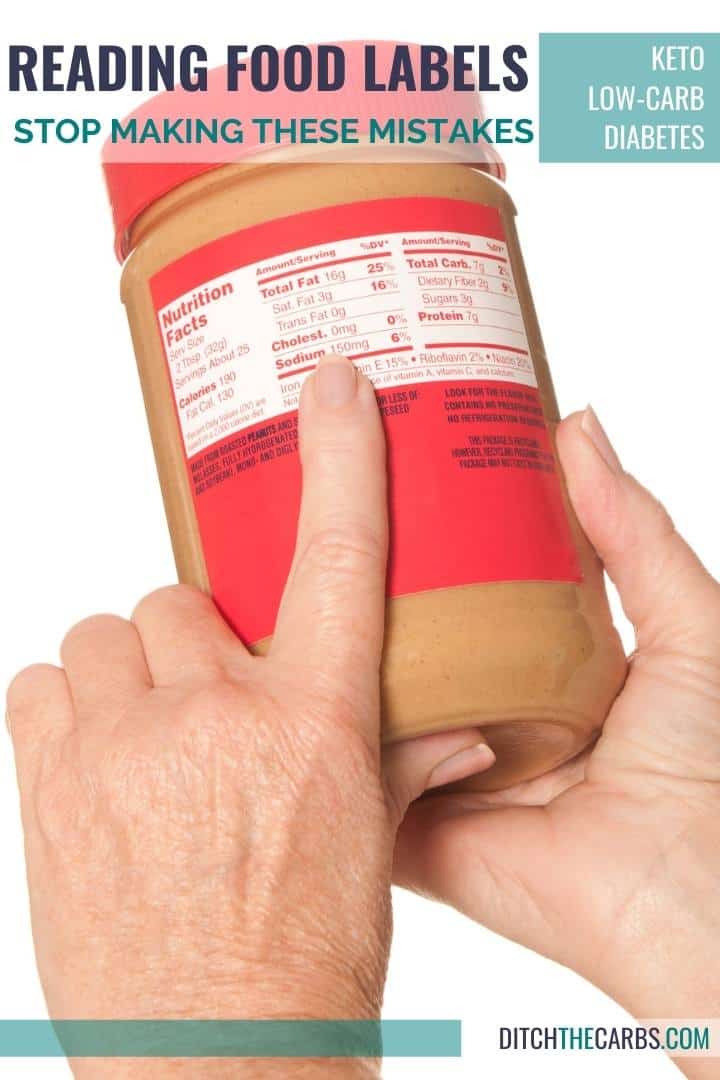

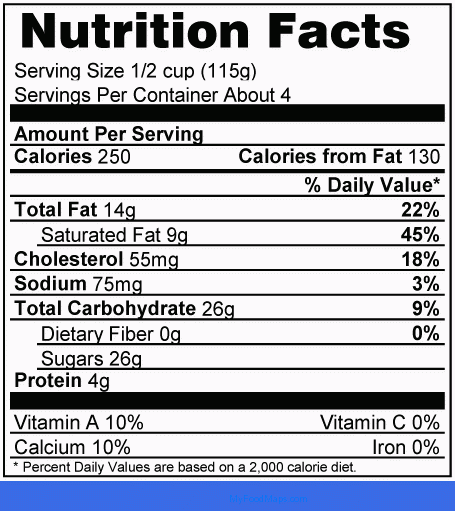

Post a Comment for "39 total fat on nutrition labels"